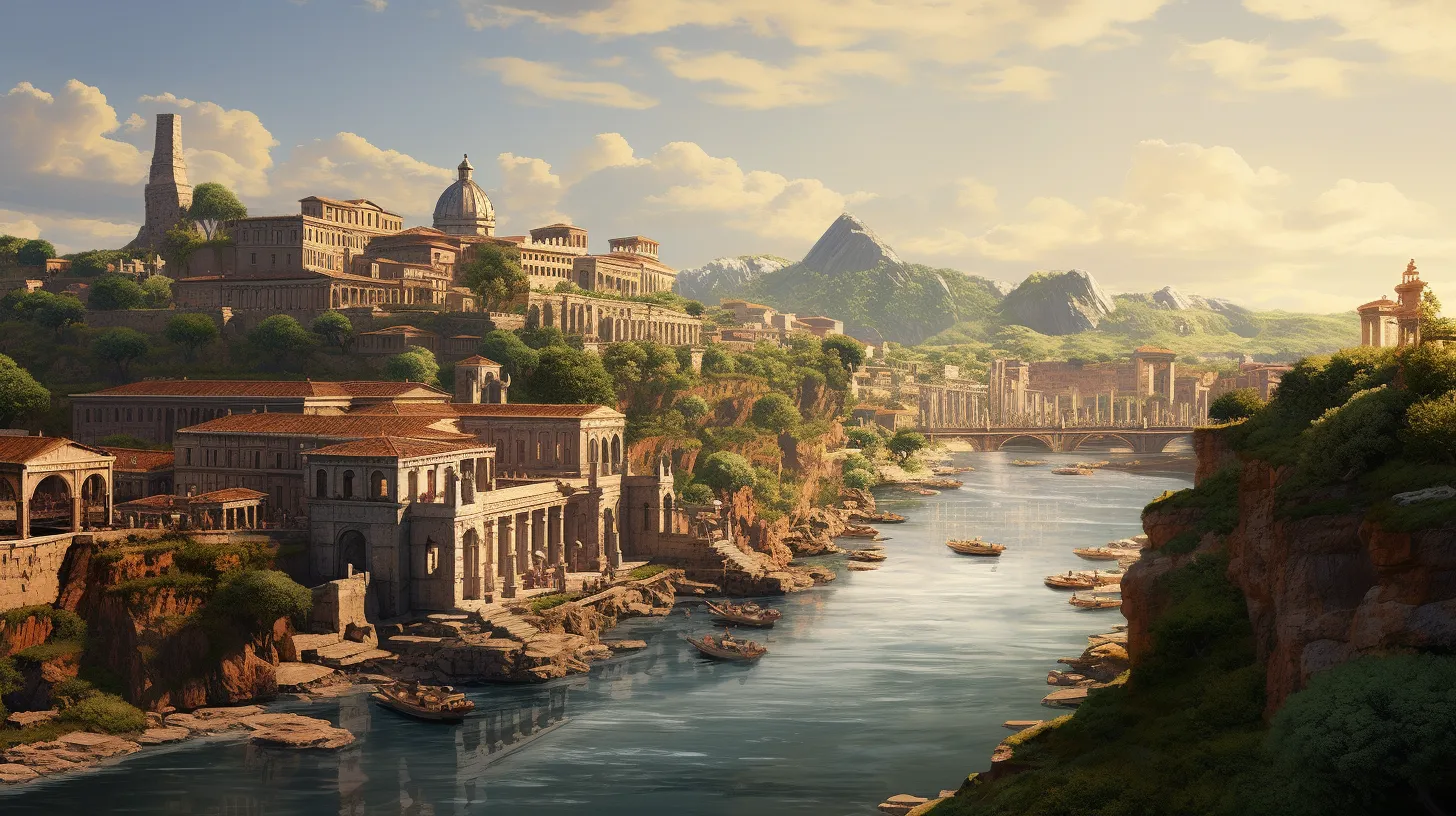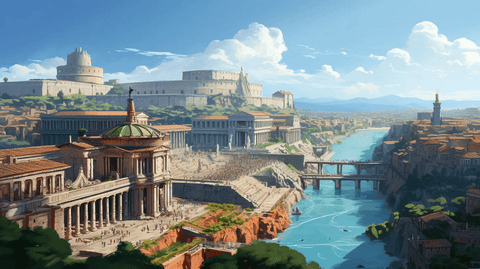
Roman Republic: Artifacts from the Era of Senators, Legions, and Civic Virtue (509BCE - 27BCE)
Step into the world of the Roman Republic with our collection of authentic artifacts. Experience an era of unparalleled civic duty, military might, and the rise of Rome as a Mediterranean superpower.
The Roman Republic - a pivotal period in Roman history, spanning from the overthrow of the Roman Kingdom in 509 BC to the establishment of the Roman Empire in 27 BC. This era witnessed the blossoming of Roman political institutions, military conquests, and cultural achievements.
Key Highlights:
- Senate and People: The Roman Republic was characterized by its system of checks and balances, with the Senate, magistrates, and popular assemblies playing crucial roles.
- Military Expansions: Rome's legions marched across continents, from the sands of North Africa to the forests of Gaul, establishing a vast republic.
- Cultural Flourishing: This period saw the growth of Roman literature, architecture, and art, with figures like Cicero, Virgil, and Julius Caesar contributing to its legacy.
- Social Struggles: The Republic was also marked by internal conflicts, including the class struggles between Patricians and Plebeians and the tumultuous Social Wars.
Regions: The influence of the Roman Republic extended far and wide:
- Italian Peninsula: The heartland of the Republic, with Rome at its center.
- Mediterranean Basin: From the Iberian Peninsula to the Levant, and from North Africa to the Balkans, the Roman Republic's influence was felt across the Mediterranean.
- Gaul and Beyond: Julius Caesar's conquests expanded the Republic's territories into Gaul, Germany, and Britain.
Valued Materials: The Romans of the Republic era, with their expanding territories and interactions, valued a range of materials:
- Marble: Predominantly used for public buildings, temples, and statues.
- Bronze and Silver: Employed in crafting coinage, weapons, and luxury items.
- Wine and Olive Oil: Essential commodities for trade, consumption, and cultural rituals.
- Textiles: Produced from wool and linen, vital for clothing and trade.
Relevant Time Periods: The history of the Roman Republic can be divided based on significant events and developments:
- Early Republic (c. 509–264 BC): From its founding to the beginning of the Punic Wars, marked by the establishment of Roman institutions and early territorial expansions.
- Middle Republic (c. 264–133 BC): Spanning the Punic Wars and Rome's dominance in the Mediterranean, leading to internal conflicts and reforms.
- Late Republic (c. 133–27 BC): Characterized by social upheavals, the rise of powerful generals, and the eventual transition to the Roman Empire under Augustus.
Step into our curated collection of Roman Republic artifacts, each echoing tales of ancient senators, generals, and the civic spirit of Rome. From inscriptions detailing senatorial decrees to weapons of the Roman legions, immerse yourself in the rich heritage of an era that shaped the destiny of the Western world.




